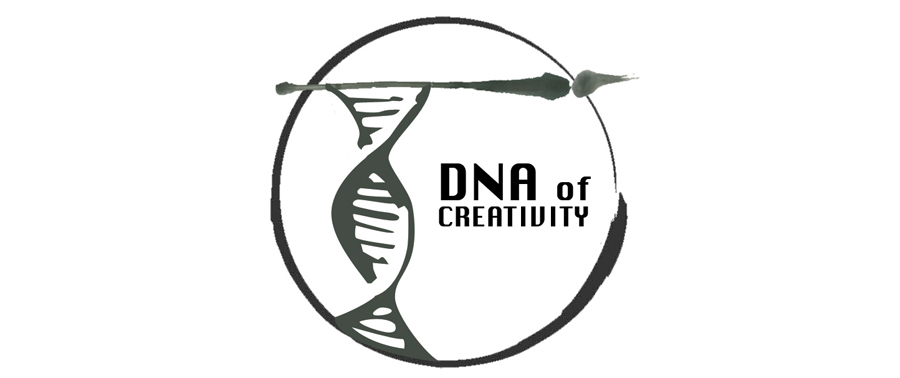My IMERA colleague, political anthropologist Cedric Parizot has been running a very succesful ’frontiers’
project in Aix Marseille- we had a great workshop for instance which looked at how new network science affects our concepts of frontiers. They have now issued a call for proposals for work by artists, scientists= you will see that the ambition is to be transdisciplinary and find new forms for showing the complexities of the issues around frontiers: There is a special art-science emphasis
Roger Malina
ANTIATLAS Call For Proposals
http://www.antiatlas.net/eng/
The antiAtlas of borders is a transdisciplinary event that will take
place between September 30, 2013 and March 1, 2014. Bypassing
cartography, at the crossroads of research and art, it offers a new
approach of the mutations of borders and on the way they are
experienced by people in the 21st century.
The antiAtlas is an outcome of the transdisciplinary research project
led by IMéRA (Institut Méditerranéen de Recherches Avancées –
Mediterranean Institute of Advanced Research) on the mutations of
contemporary territorial configurations (2011-2013). It will be one of
the steps of Ulysses, a major exhibition program in Marseille-Provence
2013 supported by the FRAC (Regional Fund for Contemporary Art). The
objective of the antiAtlas is to decompartmentalize the fields of
knowledge, bringing together artists, human scientists, hard
scientists and professionals.
The antiAtlas will rely on five different supports:
1 : an international symposium open to researchers, institutional
actors, and to the public at large. It will take place at the Maison
Méditerranéenne des Sciences de l’Homme in Aix en Provence, from the
30th of September to the 2d of October 2013)
2 : a first art-science exhibition at the Musée des Tapisseries in Aix
en Provence (from 1rst October to 3 November 2013)
3 : a second art-science exhibition at La Compagnie, a place dedicated
creation and art in Marseille (from 13 December 2013 to 1srt mars
2014)
4 : an artistic and scientific web site that will complete and
perpetuate the work done and presented through the research program
and the two exhibitions
5 : an art science printed volume (winter 2014)
Scientific and Artistic Committee: Cédric Parizot (coordinator of the
research program, IMéRA, IREMAM, CNRS, Aix Marseille University), Jean
Cristofol (ESAA, Aix en Provence), Anne Laure Amilhat Szary
(University Joseph Fourier, Grenoble), Nicola Mai (London Metropolitan
University, London; IMéRA), Antoine Vion (Sociologist, LEST, Aix
Marseille University), Paul Emmanuel Odin (Art critic, La compagnie).
Curator: Isabelle Arvers
CALL FOR PROPOSALS
The call for proposals is opened in order to select original
productions for the exhibition that will take place at la Compagnie,
from 13 December 2013 to 1rst March 2014.
Because of its transdisciplinary nature, the antiAtlas of Borders
offers multiple levels of involvement and participation. Visitors will
engage with a variety of transmedia applications within a space
punctuated with interactive sculptures, installations and videos. This
playful exhibition will stimulate the public through the interaction
with robots, drones and video games. This is an exhibition to engage
with: try it yourself!
The curator and the artistic and scientific committee are looking for
various proposals (artworks, net. Art, photo, video, testimonies,
documentaries, video games …) showing different ways to experience the
borders. Proposals from migrants, professionals and artists are
welcome, in order to contribute to prepare a resolutely participatory
exhibition.
COMPOSTION OF THE JURY
The proposals will be selected by a scientific and artistic committee:
Isabelle ARVERS (art curator specialized in web art)
Cédric PARIZOT (Anthropologist, coordinator of the research program
antiAtlas, IMéRA, IREMAM, CNRS, Aix Marseille University),
Jean CRISTOFOL (Philosopher, ESAA, Aix en Provence),
Anne-Laure AMILHAT-SZARY (Geographer, University Joseph Fourier,
Grenoble), representing the European research program Euroborderspaces
(7e PCRD)
Paul Emmanuel ODIN (Critic, ESAA, responsible for the programming of
la Compagnie)
Nicola MAI (Anthropologist, London Metropolitan University, London),
Antoine VION (Sociologist, LEST, Aix Marseille University)
Launch date of the call for proposals: 7 May 2013
Deadline for reception of the proposals: 30 June 2013
Selection of the proposals by the committee: 31 July 2013

